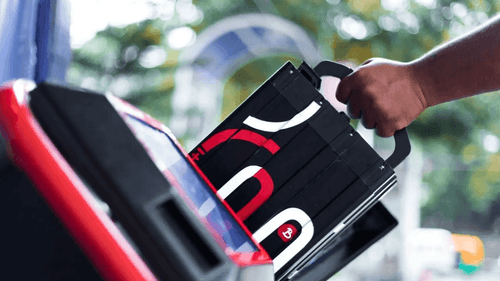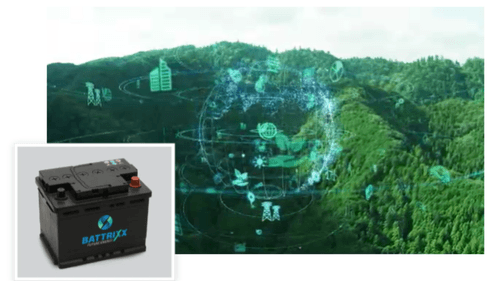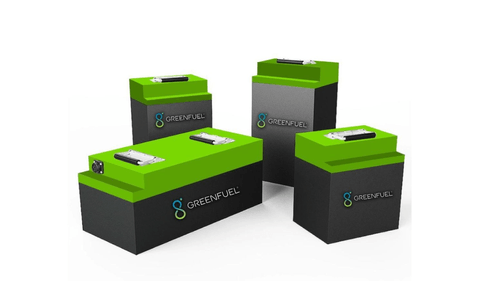Ad
Ad
Battery Swapping Policy can make Big and Small Players Clash
Explore the conflicts arising from the Battery Swapping Policy that pits big and small players against each other
Ad
Ad

India's push for a coherent policy on electric vehicle (EV) battery swapping faces a deadlock, with the industry, largely comprising startups, staunchly opposing standardized batteries. The fear of big corporations overshadowing smaller players is at the crux of this standoff.
Also you can check out battery for you car, bike or scooter on battery.carbike360.com
Contention and Accusations
Startups in the battery swapping sector allege that the proposed standards in the policy draft are skewed in favor of a particular industry giant. Recent discussions witnessed contrasting claims, with one company asserting that the Ministry of Heavy Industries assured stakeholders of avoiding the standardization clause.
Status Quo and Government Response
The Minister of Road Transport & Highways, Nitin Gadkari, revealed ongoing negotiations with stakeholders in response to queries in Parliament, indicating a possible return to square one. He highlighted the existing operational battery swapping in India and ongoing discussions with a wide spectrum of stakeholders.
Importance of Battery Swapping
Battery swapping offers EV owners relief from range anxiety by enabling them to exchange discharged batteries for charged ones at swapping stations, substantially reducing EV ownership costs.
Policy Draft and Industry Concerns
The policy draft advocated standardization of batteries, chargers, safety measures, recycling processes, and mechanisms for subsidies. However, while EVs enjoy government incentives, none are extended to companies promoting battery swapping, causing a disparity.
Industry Resistance and Justifications
Startups express concerns that standardization might obliterate their competitive edge and pave the way for corporate dominance. They emphasize the need for flexibility to foster innovation, especially considering the diverse battery types tailored for various vehicle segments.
The Need for Clarity
Industry players stress the urgency for a clear policy outlining subsidy structures and compatibility guidelines for vehicle designs, crucial for OEMs navigating the development journey.
Policy Uncertainty and Impact
The absence of a concrete policy affects state initiatives and potential investments in the sector. Stakeholders seek a firm direction, anticipating significant investments to meet the projected demand for battery swapping infrastructure.
Challenges and Multiplicity of Agencies
Multiplicity of ministries involved, including Heavy Industries, MoRTH, and Commerce, adds complexity to the policy finalization process. Technical issues like GST differentials between EVs and batteries further complicate matters.
The impasse underscores the need for a balanced policy framework that encourages innovation while ensuring a level playing field for industry stakeholders.
More News
Ad
Ad












